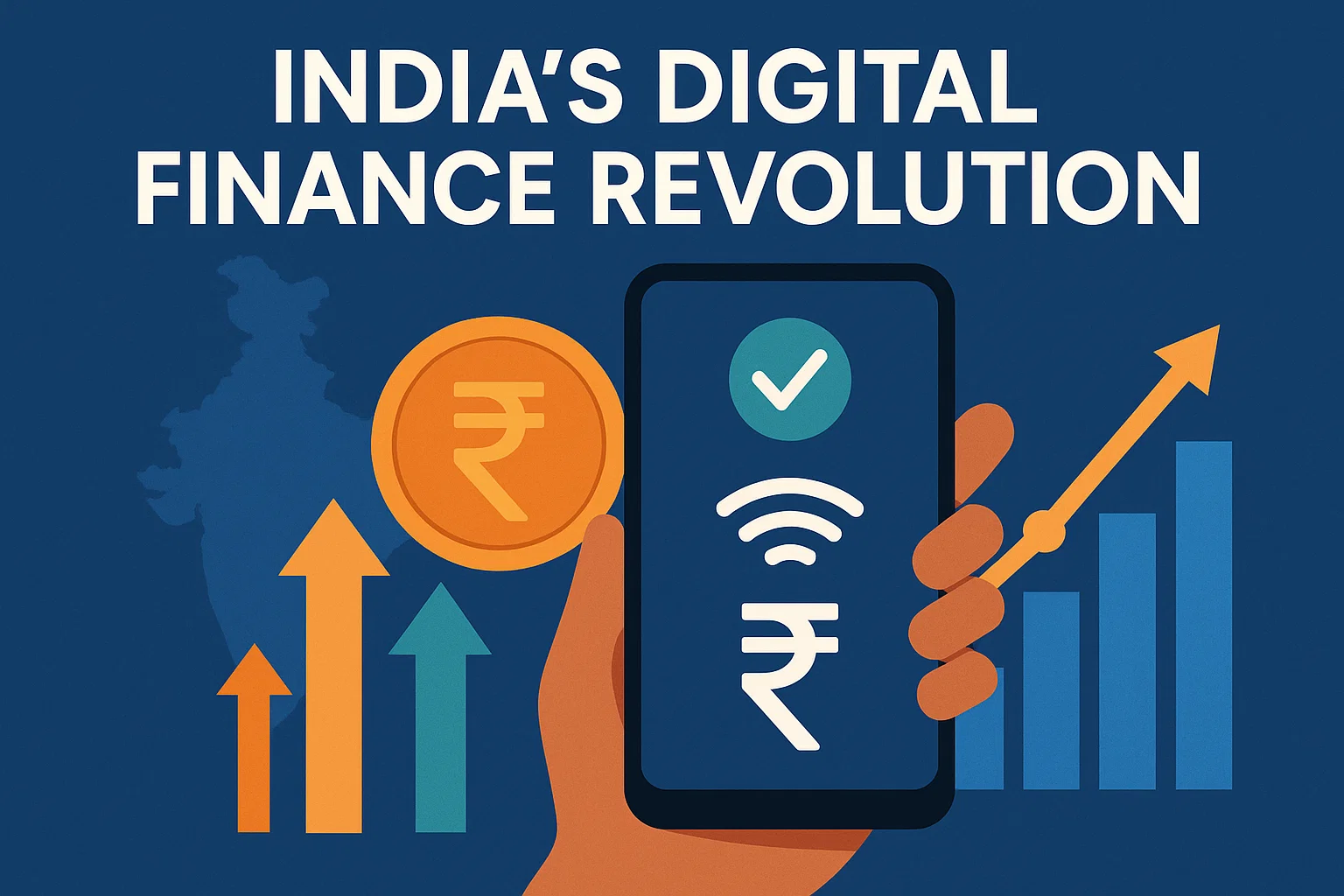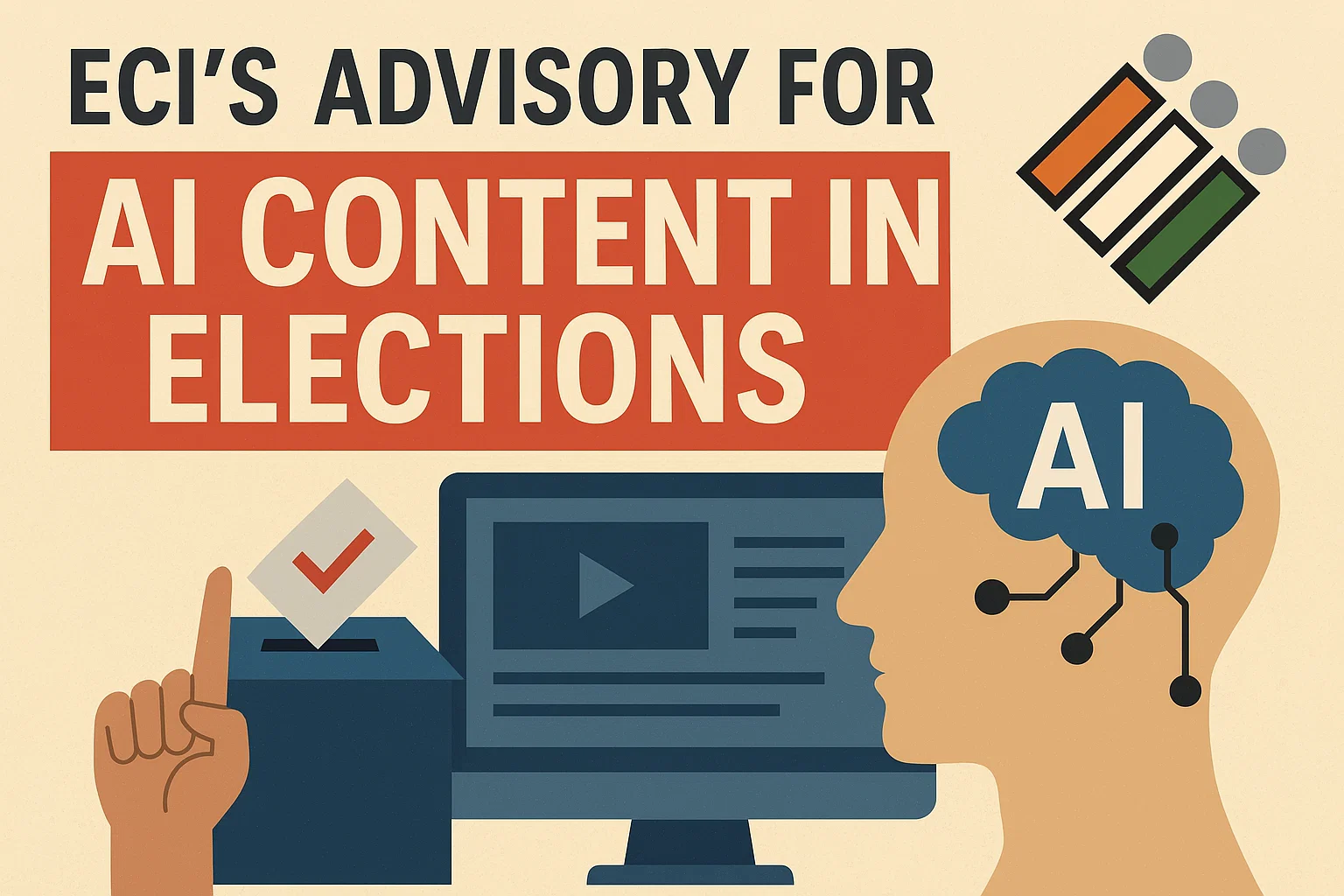Font size:
Print
Key Takeaways from PM Modi’s U.S. Visit
Context:
Prime Minister Narendra Modi’s recent official visit to the United States was a milestone in strengthening bilateral relations, with significant developments across trade, defence, technology, and energy.
Boosting Trade Relations
- BTA: A major highlight of the visit was the initiation of the first phase of a Bilateral Trade Agreement (BTA) aimed at reducing trade barriers and streamlining regulatory processes.
- This agreement is expected to encourage U.S. companies to invest in India and integrate the country into global supply chains.
- The ambitious goal of achieving $500 billion in trade by 2030—endorsed by the Confederation of Indian Industry (CII)—appears attainable with sectoral sub-targets and simplified cross-border procedures.
- Resolving Tariff Issues: Efforts to resolve tariff issues on both sides have already been set in motion.
- Emphasis was placed on boosting exports of industrial goods from the U.S. to India and labour-intensive products from India to the U.S., including agricultural goods.
- Investments: Additionally, greenfield investments, including those by Indian companies in the U.S., are being encouraged.
- A well-structured BTA would further facilitate investment and technology transfers, benefiting both nations.
Advancing Technology, Defence, and Energy Collaboration
- TRUST: The visit also saw the launch of the U.S.-India Transforming the Relationship Utilising Strategic Technology (TRUST) initiative, which aims to strengthen technological cooperation in critical sectors such as defence, artificial intelligence (AI), semiconductors, quantum computing, biotechnology, energy, and space.
- This initiative opens avenues for private sector collaboration with governments and academic institutions in both countries.
- INDUS: The INDUS Innovation Initiative will further accelerate research and development in these advanced fields.
- Roadmap on AI Infrastructure: As India emerges as a key player in the AI-driven economy, the U.S.-India Roadmap on AI Infrastructure is expected to attract investments in data centres, computing power, and AI model development.
- This initiative could support Indian startups in sectors such as fintech, healthtech, and agritech, benefiting not only India but also other developing nations.
- Framework for the U.S.-India Major Defence Partnership: In defence, the establishment of a 10-year Framework for the U.S.-India Major Defence Partnership marks a significant step forward.
- Agreements on technology transfers, joint production, and industrial collaboration will promote indigenous manufacturing, skill development, and economic growth.
- Potential offset clauses in defence deals could provide substantial opportunities for Indian industry.
- Energy: Energy cooperation was another focal point of discussions.
- Both leaders emphasised the need to establish long-term strategic partnerships to ensure energy security and diversification.
- India’s 2025-26 Union Budget includes plans to collaborate with the private sector on small modular reactors (SMRs), with U.S. companies expected to play a crucial role.
- With India’s net-zero targets in mind, the U.S., with its abundant natural gas reserves, can serve as a stable energy partner.
Infrastructure and Digital Connectivity
- A significant outcome of the visit was the commitment to advancing the India-Middle East-Europe Economic Corridor (IMEC) through joint infrastructure projects.
- Such initiatives could accelerate the development of railways, roadways, smart cities, and industrial zones, offering Indian industries new avenues for participation.
- The proposed undersea cable project between India and the U.S. is expected to boost India’s digital economy and services exports, strengthening its position in global digital trade.
Enhancing Higher Education Collaboration
- Leading U.S. universities plan to establish campuses in India, providing more opportunities for Indian students while improving access to global academic resources.
- Additionally, efforts to streamline legal mobility between the two nations will further benefit students and professionals.
Beyond diplomacy, PM Modi’s U.S. visit represents a transformative roadmap for India’s economic and technological aspirations. By leveraging global partnerships, strengthening trade ties, and fostering innovation, India is positioning itself as a key player in the global economic landscape.


